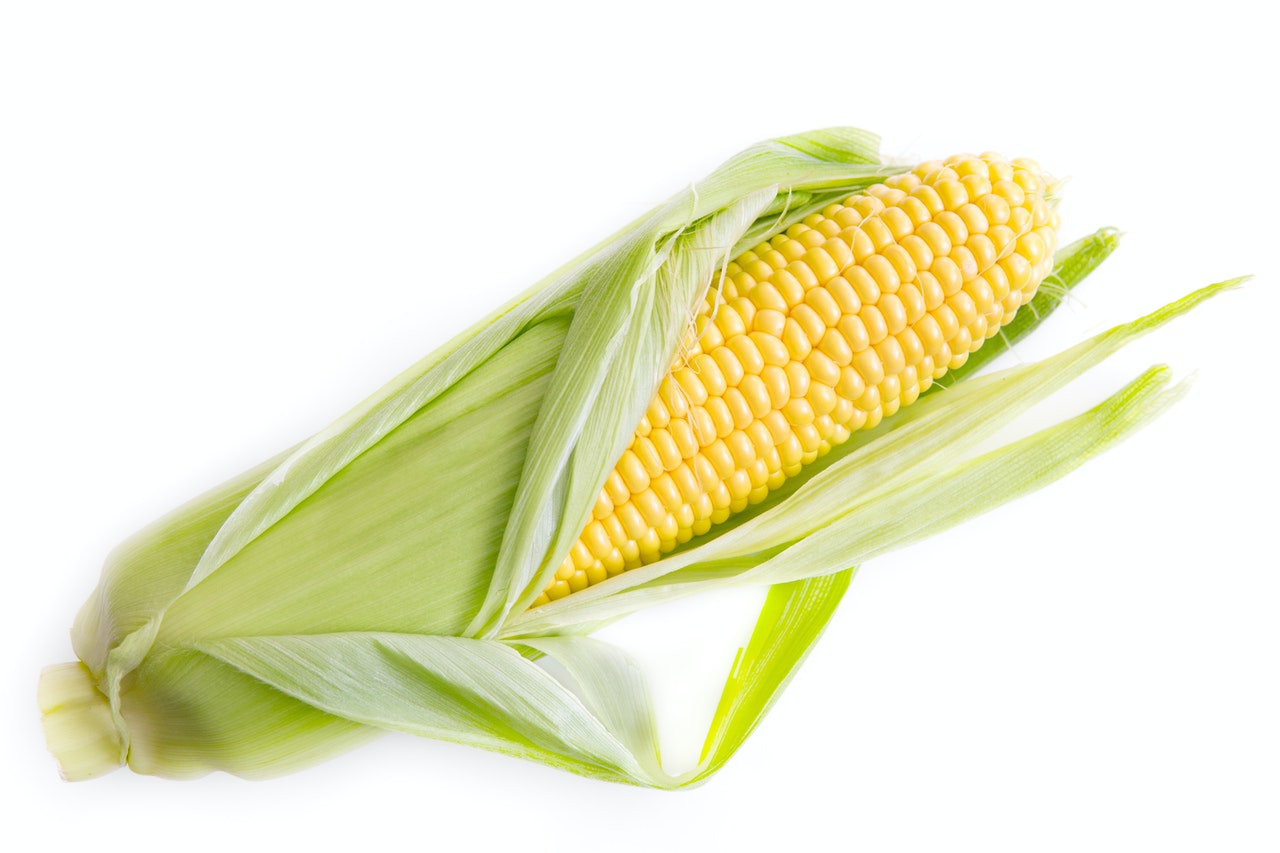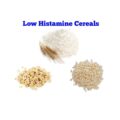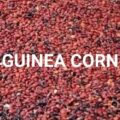A person with food intolerance has difficulty digesting certain foods. It is important to note that food intolerance is different than a food allergy. Food intolerances are common. According to some estimates, they may affect 15–20% of the population. Food intolerances are more common in those with digestive system disorders, such as irritable bowel syndrome (IBS). According to the IBS network, most people with IBS have food intolerances.
While a food allergy results from an immune system reaction to a specific food, food intolerances usually involve the digestive system, not the immune system. When you have a food intolerance, it means your digestive system has a hard time digesting (breaking down) food. Another word for food intolerance is food sensitivity. Food intolerance means your gut is sensitive to certain foods and can’t tolerate them. When you eat these foods, you may experience uncomfortable symptoms.
What is Corn?
Corn also known as maize (Zea mays), is one of the world’s most popular cereal grains. It’s the seed of a plant in the grass family, native to Central America but grown in countless varieties worldwide. Today, corn is one of the most important food crops in the world and it provides more food energy and carbohydrates than any other food crop.
Corn is a diet staple for many people around the world. It’s found as a side dish, in soup, in casseroles, and more. When corn kernels are popped, they become a favorite snack while watching a movie.
The three most popular types of corn are:
- Sweet corn: This is what you’d typically find at the grocery store.
- Field corn (or dent corn): This variety is used to feed cattle and other livestock. It’s also used in some industrial items.
- Indian corn (or flint corn): This kind of corn comes in many colors and is popular as a decoration often seen around Thanksgiving. A variety of this type of corn is also used to make popcorn.
Nutrition facts for 3.5 ounces (100 grams) of boiled yellow corn:
- Calories: 96
- Water: 73%
- Protein: 3.4 grams
- Carbs: 21 grams
- Sugar: 4.5 grams
- Fiber: 2.4 grams
- Fat: 1.5 grams
According to the Tufts University Health & Nutrition Letter, Americans consume about 160 pounds of corn per person each year. However, despite its nutritional profile and health benefits, a very good number of people including babies are intolerant to corn and as a result, avoid eating corn or respond badly after eating corn and corn-containing products including corn flakes, tortillas, tortilla chips, polenta, cornmeal, corn flour, corn syrup, and corn oil.
What are the symptoms of corn intolerance?
While the symptoms of corn intolerances vary from person to person, they most often involve the digestive system, skin, and respiratory system.
Common symptoms of corn intolerance include:
- Abdominal pain
- Bloating
- Diarrhea
- Fatigue
- Flushing of the skin
- Headaches
- Nausea
- Rashes
- Reflux
- Runny nose.
How corn intolerance is treated
Food intolerances are commonly diagnosed by elimination diets specifically designed to narrow down offending foods or through other testing methods. Elimination diets remove foods most commonly associated with intolerances for a period of time until symptoms subside. Foods are then reintroduced one at a time while monitoring for symptoms. This type of diet helps people identify which food or foods are causing symptoms.






